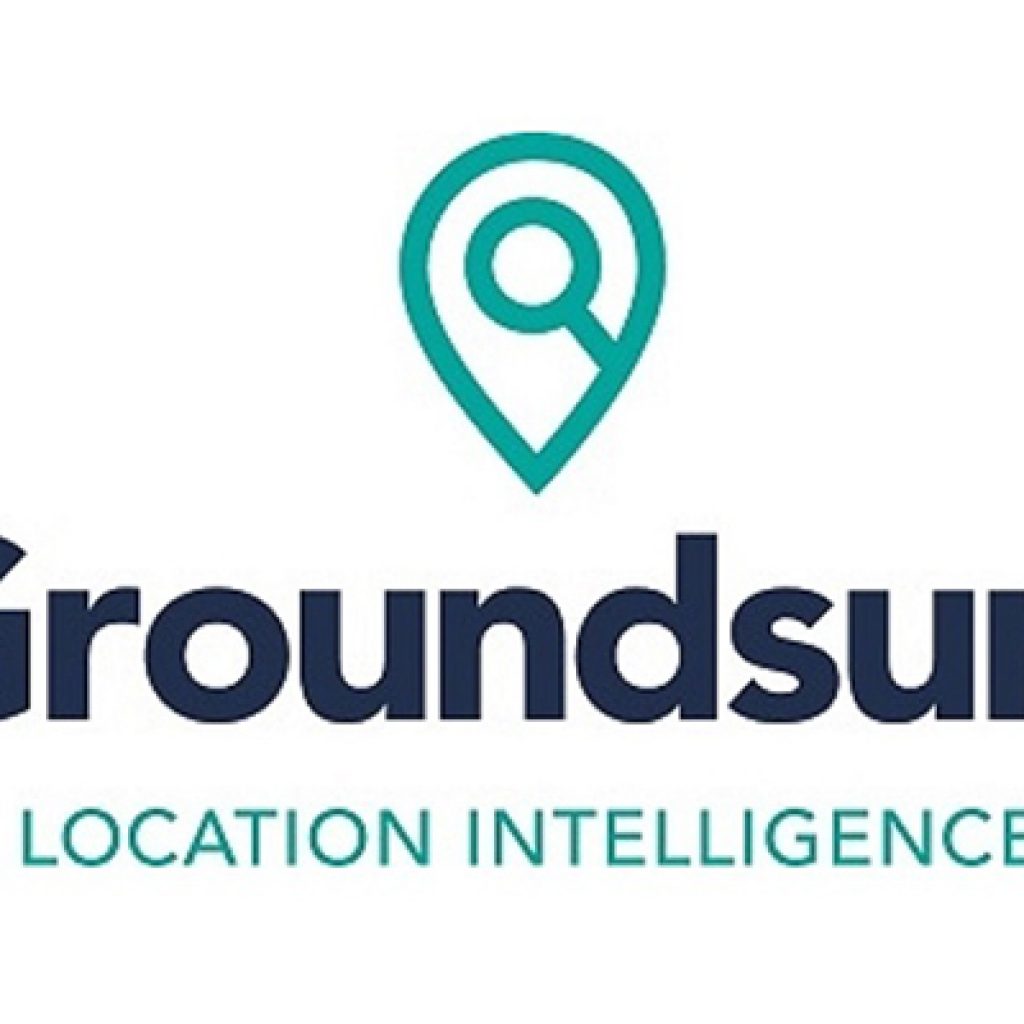This is the first instalment in a series of blog posts which will present different remediation technologies for cleaning up contaminated sites and examples of their implementation in the UK.
The UK, as the first industrialised country in the world, has been estimated to hold over 400,000 hectares of contaminated land, much of it a legacy of the Industrial Revolution.(1)
Contamination of the ground has various causes. Much of the UK’s contaminated land is the result of historical industrial use, before environmental protection policies were implemented and before working practices were planned to minimise environmental impact. However, ground contamination still arises today from leaks, spills, accidents, poor waste disposal practice and discharges.
At Groundsure we are experts in identifying the potential environmental risks associated with these sites and provide our clients with advice on further steps to follow when a property has been identified as potentially contaminated. But once a site investigation has been undertaken and the presence of contaminants is confirmed on-site, what alternatives are available? Are these sites unsuitable for purchase? Do they have to be discarded for use? The answer is No. The increasing scarcity of available greenfield and available land in urban areas has made developers find in these sites an excellent opportunity for development.
Stimulated by economic drivers, world-class regulation and a determination to regenerate the physical business environment, the UK has made the good management of contaminated land a key priority. This has led to a great development of innovative solutions over the last decades to clean-up and regenerate contaminated land. (1)
In many cases, the aim of remedial works does not necessarily have to be bringing the site to its natural state but made it suitable for its intended use. This ‘fit for purpose’ strategy saves time and money, while still protecting public health and the environment.
Here is presented a framework of the steps recommended to follow for the good management of a brownfield land that could potentially be brought back to use.
Phase 1: Preliminary site investigation
An extensive desk study to understand the history of the site and its geographical/geological content.
Phase 2: Intrusive on-site investigation
A thorough risk assessment to identify all sources of contamination, the receptors (e.g. Human health, water resources, ecosystems) that may be damaged and the pathways between them, evaluating whether linkages constitute significant risk and setting appropriate targets. This phase usually requires borehole drilling, sample collections, and laboratory testing. (1)
Phase 3: Remediation works
An options appraisal to select the best technology, balancing the costs and benefits of clean-up, and the sustainability of options. An assessment of whether a technique is appropriate will take into consideration:
- its performance in eliminating the contaminant(s) of concern and meeting the remediation objectives.
- whether the process will work in the given site conditions
- whether remediation will be completed within the time available
- stakeholder agreement
- the availability of the process
The contaminated land industry, both in the UK and worldwide, has developed a range of different remediation techniques to address the wide variety of potential contaminants and the differing conditions on each site.(2)
Remediation technologies can be defined in accordance to the type of treatment processes taking place, such as: biological, physical, chemical and thermal. Additionally, remediation solutions are also referring to where the action is taking place On Site or Off Site. The table below presents a brief summary of the most commonly used technologies in the market.
Table 1. Classification of remediation technologies by process (Edited from Defra Research Project Final Report – Contaminated Land Remediation). (2)
In terms of the type of contamination at the site, it is possible to broadly categorise contaminants into different groups depending on their properties as shown in the table below.
Table 2. Contaminant groups used to assess applicability of remediation technologies by process (Edited from Defra Research Project Final Report – Contaminated Land Remediation). (2)
The United States Environmental Protection Agency provides a user-friendly remediation technologies screening matrix tool to easily screen for technologies for a remediation project. Variables used in screening include contaminants, development status, overall cost, and clean-up time. (3)
Phase 4: Verification and validation
Monitoring to assess whether all the objectives have been achieved, with the relevant evidence duly presented. The monitoring and validation process is critical to the successful outcome of land regeneration projects. Effective monitoring and validation procedures help assess the clean-up process and allow a change of direction where necessary, while helping validate that contract requirements have been delivered. Monitoring is a critical part of working environments, ensuring regulatory limits are being met and helping instigate mitigation measures when targets are not being achieved.
The UK’s expertise in land remediation has been borne out of necessity. UK firms take a leading role in the development of innovative solutions to the clean-up and regeneration of contaminated land, having carried out some of the most iconic regeneration projects across the world. Case studies of these will be examined in the next instalments of this series of blog posts.
For more information about contaminated land visit Groundsure’s website.
References
(1) UK Government website, 2015. Land Remediation. Available at: https://www.gov.uk/government/publications/land-remediation-bringing-brownfield-sites-back-to-use/land-remediation-bringing-brownfield-sites-back-to-use [Accessed 4th April 2016]
(2) DEFRA, 2010.Research Project Final Report. Contaminated Land Remediation. [Accessed 7th April 2016]
(3) The United States Environmental Protection Agency. EPA Treatment Technologies Screening Matrix. Available at: https://frtr.gov/matrix2/section3/table3_2.pdf [Accessed 6th April 2016]
This article was submitted to be published by Groundsure as part of their advertising agreement with Today’s Conveyancer. The views expressed in this article are those of the submitter and not those of Today’s Conveyancer.




















